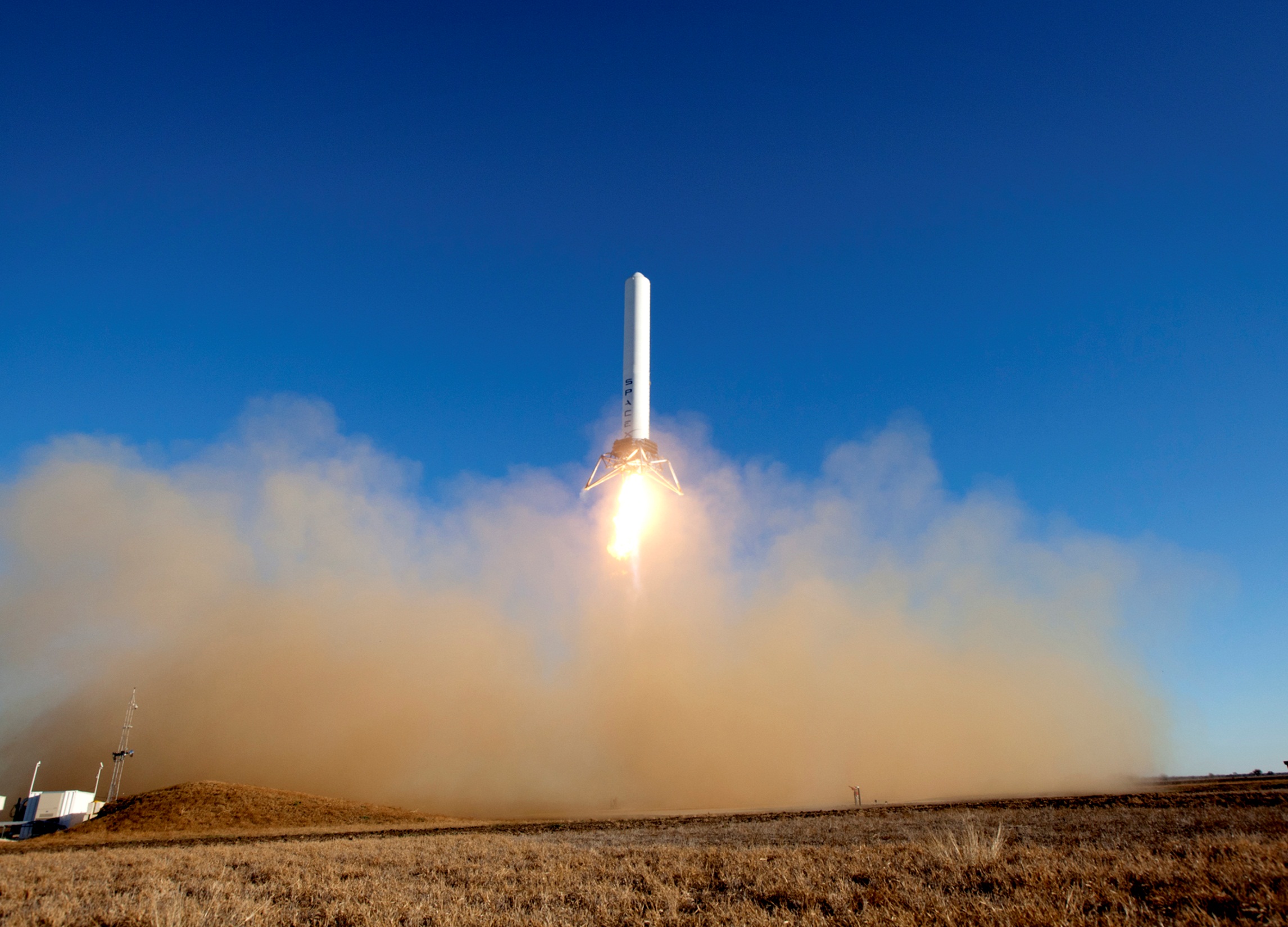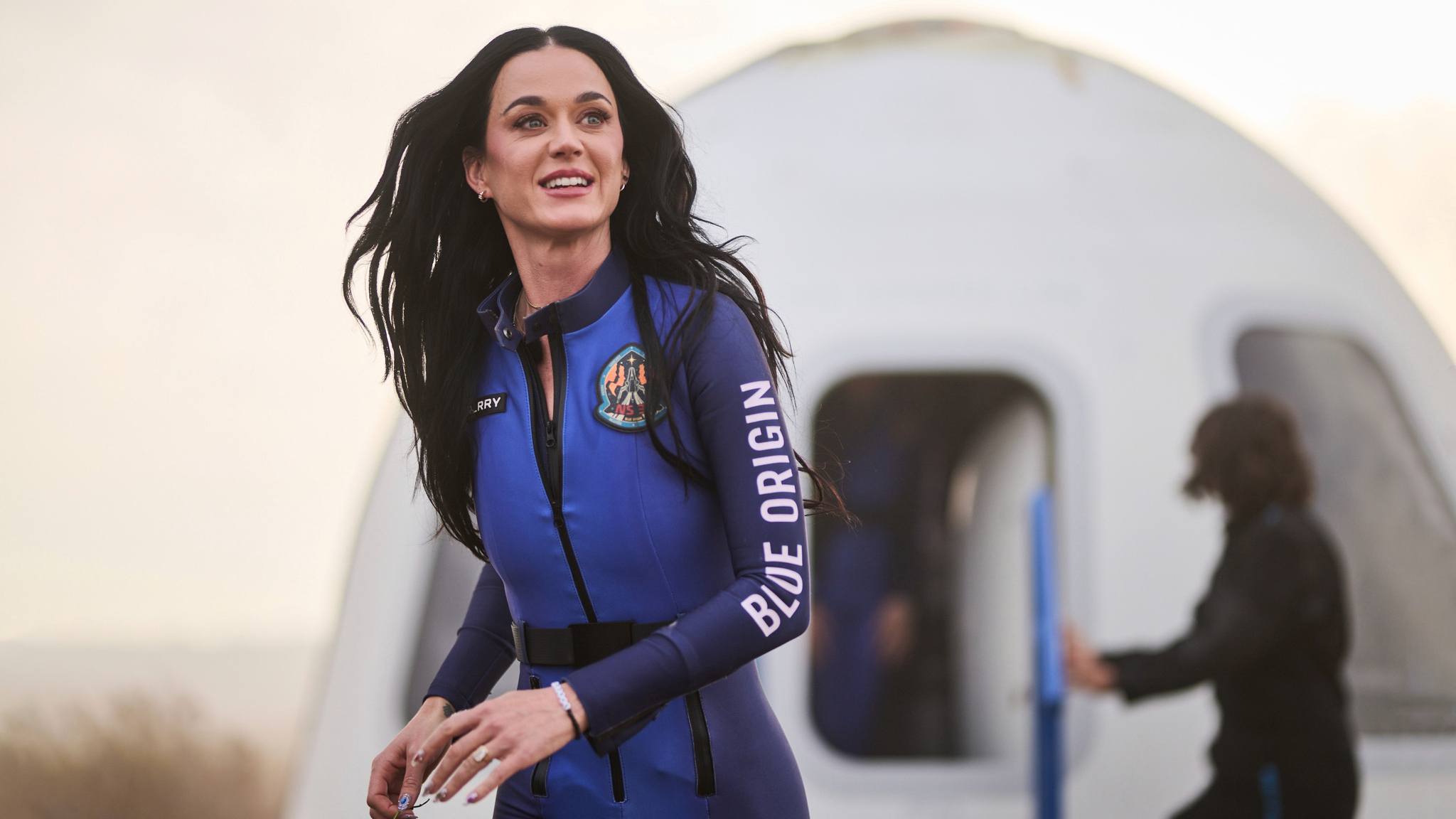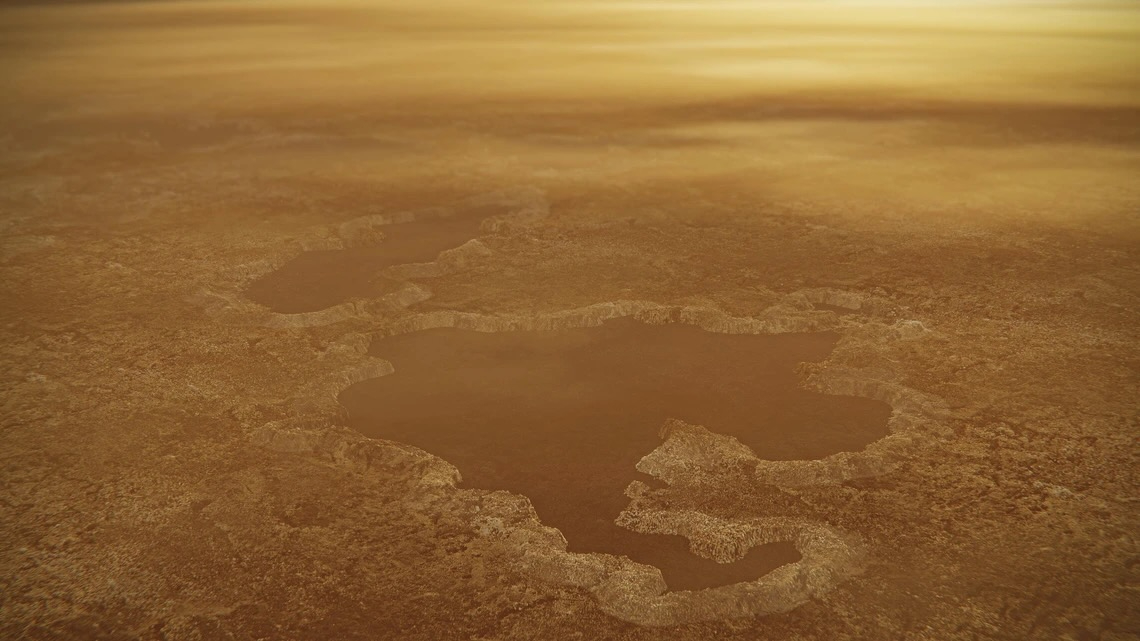Experimental Private Rocket Makes Highest Test Hop Yet

A privately built rocket prototype that could lead to a completely reusable spaceflight system has passed its biggest test yet — a 12-story hop and smooth landing.
The experimental reusable rocket, called the Grasshopper, made its highest and longest flight yet on Dec. 17, marking the prototype's third successful test by the private spaceflight company SpaceX.
In the latest test at SpaceX's proving grounds in MacGregor, Texas, the Grasshopper rocket flew for 29 seconds and reached a height of more than 130 feet (40 meters). A video of the Grasshopper test flight shows the rocket soaring up into the Texas sky, then smoothly descending to land on four spindly legs.
In mid-November, the Grasshopper rocket flew nearly two stories (17.7 feet or 5.4 meters) up during its second test flight. The rocket's debut flight in September flew 6 feet (1.8 meters) into the air before landing. So far, all of the prototype's tests have been successful.
With Grasshopper, SpaceX is trying to solve a long-standing challenge with spaceflight: cost. Because today's rockets aren't completely reusable, they act as expensive, one-use machines. Companies are now trying to develop rockets that can both launch from and land on Earth intact, in order to be flown again on future missions.
Grasshopper stands at 10 stories tall (108 feet, 32.9 meters) and houses the first stage of the Falcon 9 rocket, the same rocket that launched the Dragon capsule to the International Space Station earlier this year. A Merlin 1D engine and a steel support structure round out the Grasshopper's unique design.
The rocket takes off like a typical vertically launched rocket, but its landing method makes it unique. Grasshopper has four steel, springy legs to support its weight, allowing it to gently land in the same way it takes off.
Get the Space.com Newsletter
Breaking space news, the latest updates on rocket launches, skywatching events and more!
A rocket has never successfully landed intact after being launch to space. While NASA's space shuttles were reusable after launch, the huge 15-story external tanks that helped them reach orbit were not recycled.
SpaceX ultimately envisions using three recyclable components for future space travel: a rocket second stage, a rocket first stage, and a cone-shaped capsule.
While most rockets today land in the ocean after reaching space, a land-based landing is preferred for this hardware. Brackish seawater can cause unnecessary damage to otherwise reusable pieces of a rocket. Each piece of the rocket will land separately so that they can be collected for later use. The two rocket stages' landings will be aided by their engines and the capsule's descent should be cushioned by a parachute.

The Hawthorne, Calif.-based SpaceX is one of several companies developing new vehicles for private space travel. The company is one of two firms with NASA contracts to provide unmanned cargo deliveries to the International Space Station. SpaceX's $1.6 billion deal with NASA calls for 12 cargo missions to the space station using the company's unmanned Dragon capsule and Falcon 9 rockets.
SpaceX is also developing a manned version of its Dragon capsule and is one of several firms competing for NASA contracts to ferry astronauts to and from low-Earth orbit.
Follow Miriam Kramer on Twitter @mirikramer or SPACE.com @Spacedotcom. We're also on Facebook & Google+.
Join our Space Forums to keep talking space on the latest missions, night sky and more! And if you have a news tip, correction or comment, let us know at: community@space.com.

Miriam Kramer joined Space.com as a Staff Writer in December 2012. Since then, she has floated in weightlessness on a zero-gravity flight, felt the pull of 4-Gs in a trainer aircraft and watched rockets soar into space from Florida and Virginia. She also served as Space.com's lead space entertainment reporter, and enjoys all aspects of space news, astronomy and commercial spaceflight. Miriam has also presented space stories during live interviews with Fox News and other TV and radio outlets. She originally hails from Knoxville, Tennessee where she and her family would take trips to dark spots on the outskirts of town to watch meteor showers every year. She loves to travel and one day hopes to see the northern lights in person. Miriam is currently a space reporter with Axios, writing the Axios Space newsletter. You can follow Miriam on Twitter.









